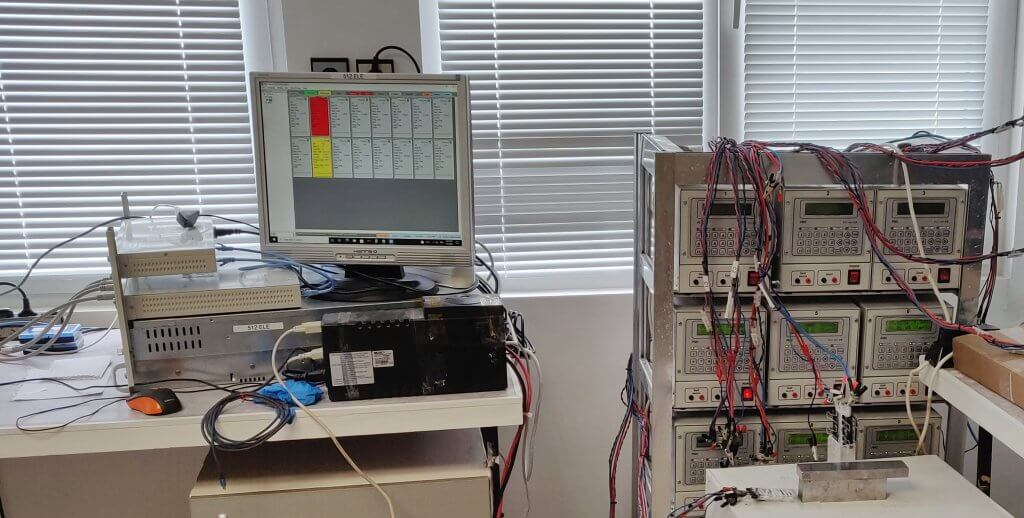
As Europe stives for energy independence and a transition to a low-carbon future, the role of batteries underpinning this shift continues to grow in importance.
Following on from the wide-ranging innovation featured in part 1 of Europe’s innovation blog series, part 2 begins with insight into the collaborative “AddESun” project. Launched in 2017, researchers led by the Fraunhofer Institute and part funded by the German Federal Ministry of Education and Research, aim to safeguard the future of lead batteries.
With goals including more sustainable production, improved charging behaviour, longer service life and higher power density, the research focused on researching new additives and their effect on battery properties. Fundamental research such as this complements the work underway on the industry driven by CBI’s Technical Roadmap to ensure the role of lead battery technology in contributing to Europe’s strong battery industry.
Moving to the University of Brno in the Czech Republic, scientists have been active for many years in researching advanced lead batteries through additives, the influence of temperature on impedance changes and effects on lead electrodes.
Battery monitoring during operation is a key area of research underway within the lead battery industry, aiming to uncover new insights into the technology with the ultimate aim of enhancing various battery performance metrics such as state-of-charge and state-of-health to ensure longer service life.
Published last year, innovative work underway at the Bulgarian Academy of Sciences, led by Dr Boris Shirov and Dr Iliyan Popov, features a lead-air battery aiming to improve energy performance. The technology shows that the positive electrode in a conventional lead battery can be replaced with a gas diffusion electrode (GDE), increasing the specific energy of the system by up to 52%.

At the French research institute of CEA-Liten, a new non-destructive and non-intrusive characterization techniques was proposed by researchers for lead batteries. Consisting of installing two piezoelectric transducers on the surface of a battery and studying the transport of ultrasonic acoustic waves, the research obtained an accurate and direct estimation of the state of charge and could be used for better management of advanced lead batteries.
In the University of Southampton, the advancement of lead batteries has been a key topic for researchers, particularly focused on redox flow lead technology. Relevant to utility-scale energy storage and load levelling applications, this research demonstrates the continued need for innovation amongst all battery technologies to meet heightened demand for reliable energy storage.
With the aim to accelerate the transition to sustainability and decarbonisation, the FAAM Research Center, the R&D aim of Seri Industrial S.p.A. in Italy, this collaborative program focuses on the development of lead technologies, amongst other types of batteries.
A multi-disciplinary project led at Imperial College London looks to the end-of-life stage of lead batteries, focusing on the design of energy-reducing, economically competitive, electro-hydrometallurgical strategies for recycling. One of the biggest advantages of lead batteries is the end-of-life recycling rate of almost 100% in Europe, and Imperial’s work is focusing on new ways to enhance the sustainability of the process.
Lead battery research is far-reaching in Europe, both in scope and results. But there always remains room for more innovation, so keep an eye out for the release of CBI’s new Request for Proposals that will outline the areas of research we’re looking for to drive our next Technical Program.